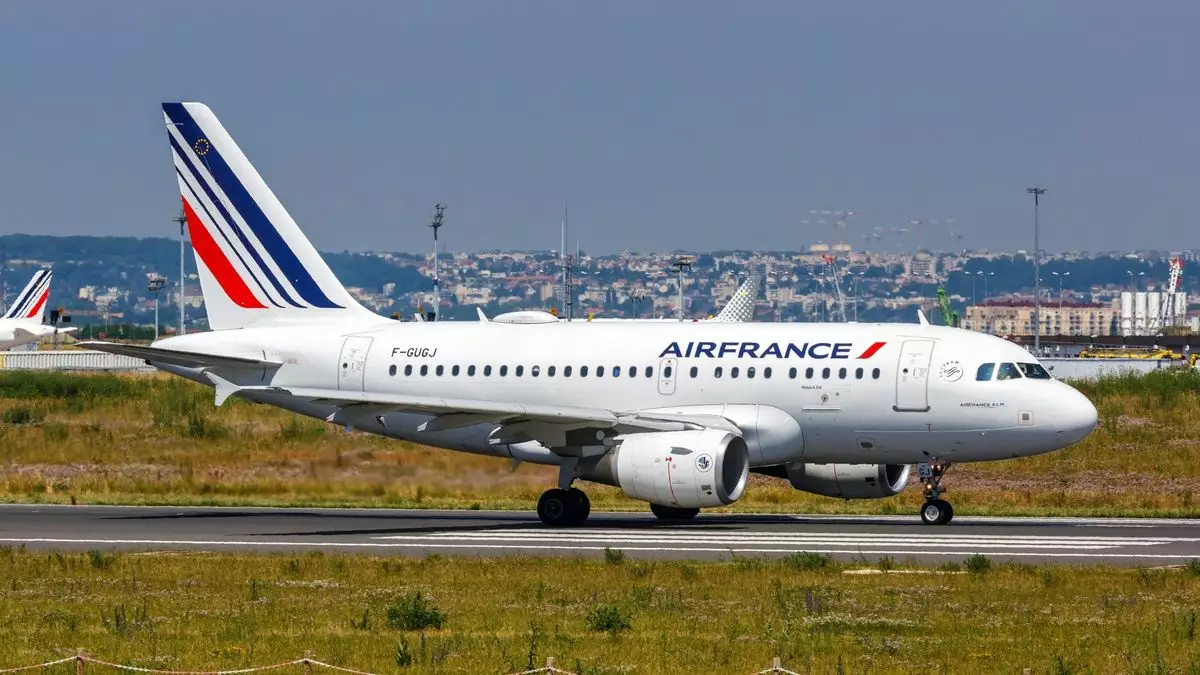In a recent analysis by Point.me, the loyalty program operated by Air France-KLM, known as Flying Blue, has been crowned the best in the world. This recognition stems from a comprehensive evaluation of various airline loyalty programs, thereby positioning Flying Blue as a leader at a time when consumers increasingly seek value in their travel rewards. By examining a total of 62 distinct programs, Point.me determined that Flying Blue excelled due to its robust earning and redeeming structures, along with a broad array of partnerships that cater to diverse travel preferences.
The ranking methodology by Point.me incorporates both quantitative and qualitative metrics, emphasizing the critical components of loyalty programs. Nine factors were weighed in the evaluation, with particular importance placed on the ease of accumulating miles (25% weight), redemption rates (20%), partner airlines’ availability (15%), and booking convenience (12.5%). This multi-faceted approach not only gives weight to consumer satisfaction but also ensures a comprehensive assessment of what makes a loyalty program truly beneficial.
Highlights of Other Competitors
Following Air France-KLM, Air Canada Aeroplan and United MileagePlus secured the second and third positions, respectively. Air Canada garnered praise for its superior availability of rewards on partner airlines and for its flexible point transfer options from major credit card providers, which further enhances the program’s appeal to consumers who engage in frequent travel. Meanwhile, United MileagePlus emerged as a prime option for occasional travelers. The dynamic pricing for redemptions offers competitive rates compared to its peers, along with a high availability of sought-after seats. This suggests that both frequent and occasional travelers can find value in loyalty programs tailored to their specific travel behaviors.
In terms of U.S. airlines, the rankings highlight programs like American AAdvantage, Alaska Mileage Plan, and JetBlue TrueBlue among the top ten. This indicates a vibrant competitive landscape where airlines continue to innovate their loyalty offerings. Notably, the distinctions between these loyalty programs are critical to understanding consumer preferences—some travelers may prioritize seat availability while others prioritize ease of earning miles.
Delta Air Lines’ relatively low ranking sparked discussion among industry analysts. Tiffany Funk, Point.me’s co-founder, attributed this to the airline’s high redemption costs. Delta’s strategic focus on operational reliability and an extensive lounge network signifies a shift in their loyalty approach, suggesting that they may be targeting a different segment of the market than their competitors.
Lastly, Funk’s recommendation for travelers to utilize credit cards like Bilt Rewards and Chase Ultimate Rewards emphasizes the increasing importance of flexible point systems. Such strategies allow travelers to maximize their rewards and take full advantage of the various airline partners available, ultimately enhancing the overall travel experience.
The evaluation of airline loyalty programs is essential for consumers seeking to navigate the complex landscape of travel rewards. As airlines continue to adapt and compete, understanding the nuances within these programs will enable travelers to make informed choices that best align with their travel habits.


Leave a Reply